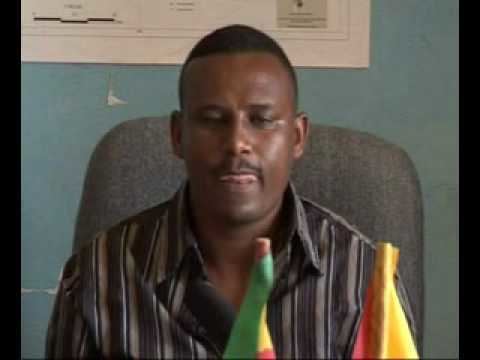 | ||
Beautiful woreda tselemti in the state of tigray ethiopia
Tselemti (also transliterated Salamt) is one of the woredas in the Tigray Region of Ethiopia. The woreda name is derived from the name of the former province Tselemt, which also lay between the Tekezé River and the Semien Mountains.
Contents
Part of the Semien Mi'irabawi (North Western) Zone, Tselemti is bordered on the south by the Amhara Region, on the west by the Mi'irabawi Zone, on the north by Asigede Tsimbela, on the northeast by Medebay Zana, and on the east by the Mehakelegnaw (Central Area) Zone. The Tekezé defines the boundary between Tselemti and both the last two woredas and the Zone; other rivers in this woreda include the Abata, a tributary of the Tekezé. The administrative center of this woreda is May Tsemre; other towns in Tselemti include Dima.
Demographics
Based on the 2007 national census conducted by the Central Statistical Agency of Ethiopia (CSA), this woreda has a total population of 138,858, an increase of 97,630 over the 1994 census, of whom 70,108 are men and 68,750 women; 8,623 or 6.21% are urban inhabitants. With an area of 3,858.66 square kilometers, Tselemti has a population density of 35.99 people per square kilometer, which is less than the Zone average of 40.21. A total of 30,485 households were counted in this woreda, resulting in an average of 4.55 persons to a household, and 29,805 housing units. The majority of the inhabitants said they practiced Ethiopian Orthodox Christianity, with 98.47% reporting that as their religion, while 1.51% of the population were Muslim.
The 1994 national census reported a total population for this woreda of 97,630, of whom 49,893 were men and 47,737 were women; 5,301 or 5.43% of its population were urban dwellers. The two largest ethnic groups reported in Tselemti were the Tigrayan (89.12%), and the Amhara (10.63%); all other ethnic groups made up 0.25% of the population. Tigrinya is spoken as a first language by 87.18%, and 12.73% speak Amharic; the remaining 0.09% spoke all other primary languages reported. 97.98% of the population said they were Ethiopian Orthodox Christianity, and 1.77% were Muslim. Concerning education, 5.13% of the population were considered literate, which is less than the Zone average of 9.01%; 5.91% of children aged 7-12 were in primary school, which is less than the Zone average of 11.34%; 0.34% of the children aged 13-14 were in junior secondary school, which is also less than the Zone average of 0.65%; and 0.06% of children aged 15-18 were in senior secondary school, which is less than the Zone average of 0.51%. Concerning sanitary conditions, 0.77% of the urban houses and about 5% of all houses had access to safe drinking water at the time of the census; 9.07% of the urban and about 2% of all houses had toilet facilities.
Agriculture
A sample enumeration performed by the CSA in 2001 interviewed 28,435 farmers in this woreda, who held an average of 1.31 hectares of land. Of the 37,127 hectares of private land surveyed, over 85.59% was in cultivation, 3.03% pasture, 3.86% fallow, 0.18% in woodland, and 7.3% was devoted to other uses. For the land under cultivation in this woreda, 79.16% was planted in cereals, 1.82% in pulses, and 4.24% in oilseeds; the area in vegetables is missing. The area planted in fruit trees and gesho is missing. 88.76% of the farmers both raised crops and livestock, while 7.45% only grew crops and 3.8% only raised livestock. Land tenure in this woreda is distributed amongst 88.49% owning their land, and 11.49% renting; none were reported as holding their land under other forms of tenure.
